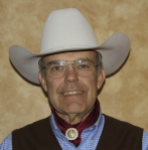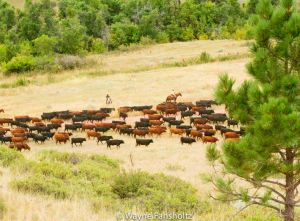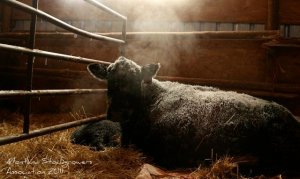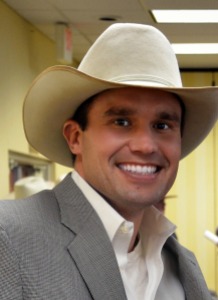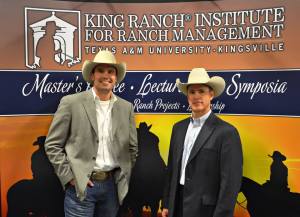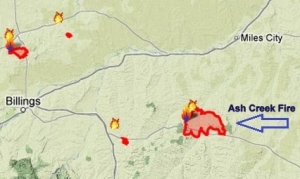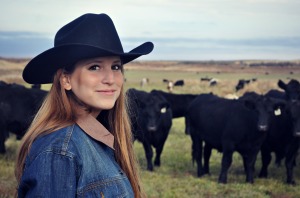MSGA brings back the Top Hand Club with Frontline Ag Sponsorship
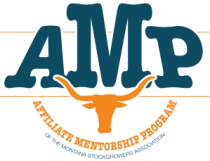 Helena, Mont. – The Montana Stockgrowers Association (MSGA) is excited to announce its first year partnership with Frontline Ag. Frontline Ag is an “Official Affiliate Top Hand Club Sponsor” of the Montana Stockgrowers Association and they have been instrumental in helping MSGA to implement the Affiliate Top Hand Club for 2014. This year’s top prize will be a John Deere Gator sponsored by Frontline Ag.
Helena, Mont. – The Montana Stockgrowers Association (MSGA) is excited to announce its first year partnership with Frontline Ag. Frontline Ag is an “Official Affiliate Top Hand Club Sponsor” of the Montana Stockgrowers Association and they have been instrumental in helping MSGA to implement the Affiliate Top Hand Club for 2014. This year’s top prize will be a John Deere Gator sponsored by Frontline Ag.
The Top Hand Club is a part of Stockgrowers’ Affiliate Mentorship Program, announced earlier this year, as a renewed effort to strengthen local affiliate members across the state.
“We have been hard at work this year making plans to bring back our Top Hand Club to our membership. We could not have accomplished this without the very generous support of Frontline Ag” said Tucker Hughes, Montana Stockgrowers Association President. “John Deere makes a great, dependable product that holds up on our Montana ranches. We appreciate the commitment Frontline Ag has made to our membership and the Montana Stockgrowers Association!”
The Affiliate Top Hand Club is the Montana Stockgrowers Association’s “member-recruit-a-member” program, which has been developed to recognize those Local Affiliate Associations and members who continually give their time and effort to help increase the strength of their state organization, the Montana Stockgrowers Association.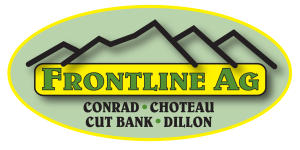
The Top Prize for the Affiliate Top Hand, a John Deere Gator from Frontline Ag, will be awarded to the Local Affiliate Association that recruits the highest number of new memberships for MSGA within the current recruitment year. The winner will be announced at MSGA’s Annual Convention to be held Dec. 11-13, 2014 in Billings at the Holiday Inn Grand Montana.
To learn more about MSGA’s 2014 Affiliate Top Hand Club and to find information on the individual membership top hand prizes please visit www.mtbeef.org.
Listen to this post as a podcast on SoundCloud! Click HERE – bit.ly/MSGATopHandFrontline
###
The Montana Stockgrowers Association, a non-profit organization representing nearly 2,500 members, strives to serve, protect and advance the economic, political, environmental and cultural interests of cattle producers, the largest sector of Montana’s number one industry – agriculture.




